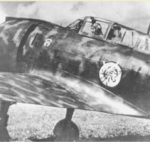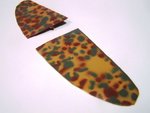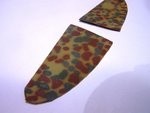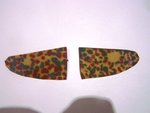parsifal
Colonel
Username: Parsifal
First name: Michael
Category: beginner (still)
Scale: 1/72
Manufacturer: italeri
Model Type: RE2000
Aftermarket addons: Possibly Eduard cockpit and harness and possibly canopy masks. i have yet to perfect a way that works for me regarding mottle paint schems
This model represents my first attempt at mottle colour schemes and will be a real challenge for me. The odds are firmly stacked against me on this one, but i really want to give this one a go.
Whilst i am entering this model now, i still have my PBY seaplane to complete, (its nearly finished), and have only just started my second entry for the seaplane build. i have yet to develop and test my theories on painting this scheme, which 1/72, using airbrush is really daunting for a novice.
First name: Michael
Category: beginner (still)
Scale: 1/72
Manufacturer: italeri
Model Type: RE2000
Aftermarket addons: Possibly Eduard cockpit and harness and possibly canopy masks. i have yet to perfect a way that works for me regarding mottle paint schems
This model represents my first attempt at mottle colour schemes and will be a real challenge for me. The odds are firmly stacked against me on this one, but i really want to give this one a go.
Whilst i am entering this model now, i still have my PBY seaplane to complete, (its nearly finished), and have only just started my second entry for the seaplane build. i have yet to develop and test my theories on painting this scheme, which 1/72, using airbrush is really daunting for a novice.
Attachments
Last edited by a moderator:




